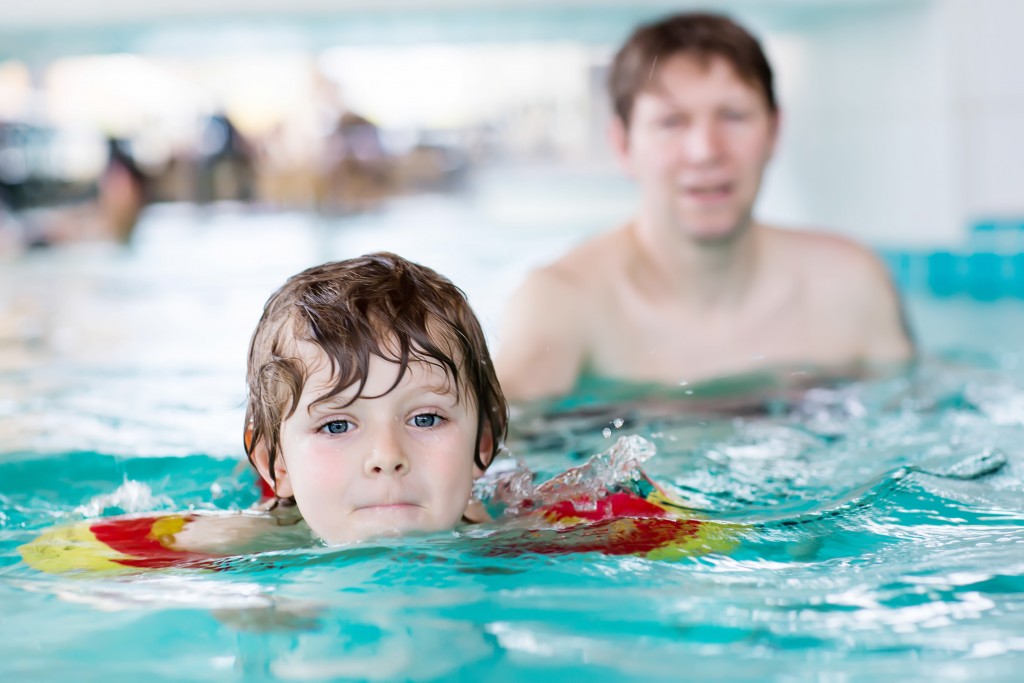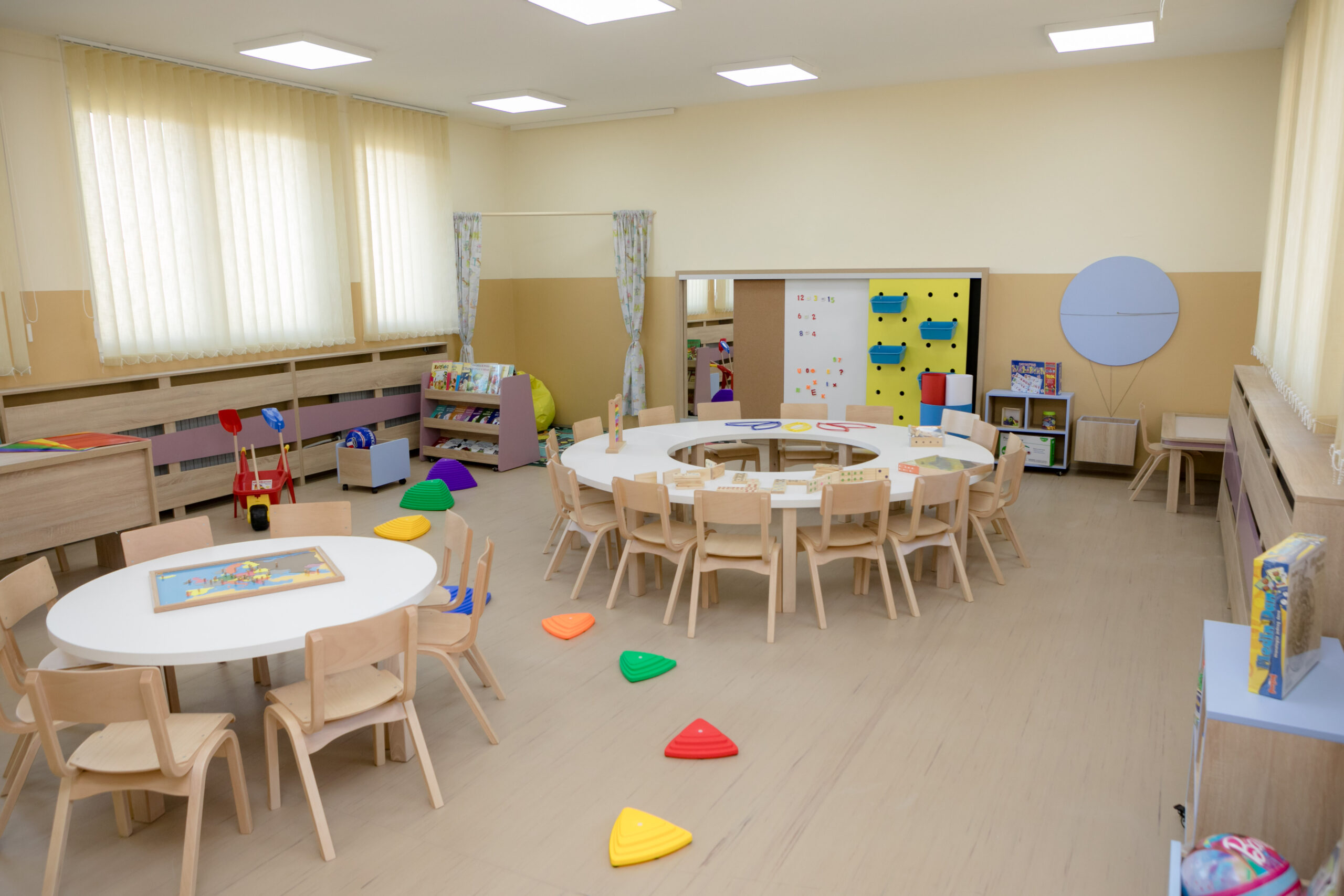For me, the prerequisite for learning to swim was to learn how to accept myself. I remember my first encounter with the swimming pool. It was at one of the city’s favorite swimming areas. I went there with my parents, terrified, accompanied by my favorite toys.
[dropcap]B[/dropcap]efore this first ‘adventure,’ my parents helped me develop a positive attitude towards water through stories, cartoons, but also through making me believe that was something I could do. At first, like any other child, I got scared, but my parents stood by me, motivating me, promising that after I enter the water, I would get a reward – my favorite toy. Whenever I tried to swim, I would swallow some water. The promised toy was waiting for me there, and so all my fears would go away. For every good or bad attempt that I made, I had the support of my parents. I spent my time at the pool playing and getting used to the water.
Each following day was better than the previous one.
My fear of water already reduced and became weaker than I was, that is for sure.
I was happy my parents fulfilled their promise from the previous day, and I also wanted to keep my word and try as hard as I could. As the days went by, I got better and better in the water and mastered my swimming technique.
It was a summer to remember. One new skill and one new toy. It was because, from an early age, I was persistent in getting everything I wanted and accomplishing that. The first attempts were unsuccessful, but with each attempt, I was getting better because I saw water as a ‘friend’. Because there was a promised toy out there waiting for me…
How to teach a child to swim and overcome the fear of water? – a question that imposes a very simple answer – teach them to love and accept themselves, and then they will learn everything else with ease.
For me, the prerequisite for learning new skills was to learn how to accept myself. This was also my parents’ main goal – to accept my failures equally as my successes. If a parent wants to develop self-esteem and healthy self-love (not narcissistic) in their child, then one should not focus on developing self-confidence, but developing so-called self-acceptance.
Self-acceptance is the acceptance and appreciation of oneself as a person, whether a good effect is achieved or the desired effect is not achieved in some segments of life. Also, self-acceptance is expressed when evaluating the quality of one’s thoughts, beliefs, feelings, and actions, but without a positive or negative global assessment of oneself as a person. Therefore, directing your child to self-accept oneself properly, from their earliest age, is a prerequisite for learning new skills, knowledge, and desire to acquire them.

How to teach a child to swim and overcome the fear of water? – a question that imposes a very simple answer – teach them to love and accept themselves, and then they will learn everything else with ease.
First encounter with the swimming
Positive effects and benefits of swimming are, as we all know, multiple:
- Muscle correction;
- Increasing lung capacity;
- Proper muscle development
- Developing motor skills;
- Stress relief.
Having all this in mind, we teach these values to our children before their first swimming attempt. We enhance their confidence and place faith in them about the benefits of swimming. First by telling stories, then by learning about swimming props, and staying and playing together in the water whenever possible. They should be encouraged as we are waiting for them to get into the water by themselves. Do not force them to do anything, because it would only produce a negative result – fear of water.
Stay beside them to feel safe and supported, make them feel relaxed, and make them experience their first encounter with water in a “friendly” way, without stress or panic…
If they are still scared, do not insist. Introduce them to water gradually – shallow water first, not deep water at all, add their favorite bath props (an inflatable float, a rubber toy, etc.), or promise an award, such as their favorite ice cream they would get for the first time in the water. Do not blame them for the failure of their first-time attempt, as it is the first step away from fear towards success.
At the age of six, a child is mature enough to adopt and master swimming techniques. This is a skill that, like any other, consists of several gradual steps:
- Let your children make their first steps in the shallow water with your help and support, above all. Hold them under their armpits and keep them above water, with their feet in, to give out the impression that being in the water is, most of all, fun.
- Let them splash the water with their feet to get the sense for moving in the water.
- Slowly and gradually show them the way they should keep their beard above the water surface, then slowly dive their head in to practice holding their breath.
- Show them how arms swing when swimming and then while holding them around their waist, encourage them to the same by themselves with their feet constantly pounding against the water.
- Have them try to swim a short section, under your supervision.
- Do not create traumatic situations for a child when learning how to swim.
- And, of course, arm yourself with patience.
Let children accept their occasional failure as part of their future success.
Repetition is the mother of all learning
As everything else, once adopted, swimming skills should be repeated with great patience after each failure. Because no one was born knowing everything. Children who got to love water and gained trust in you and the water will want to try swimming again and again on their own. Show them your support. Let them accept their occasional failure as part of their future success too. No new thing is easy, it takes time, patience and, above all, love.

















